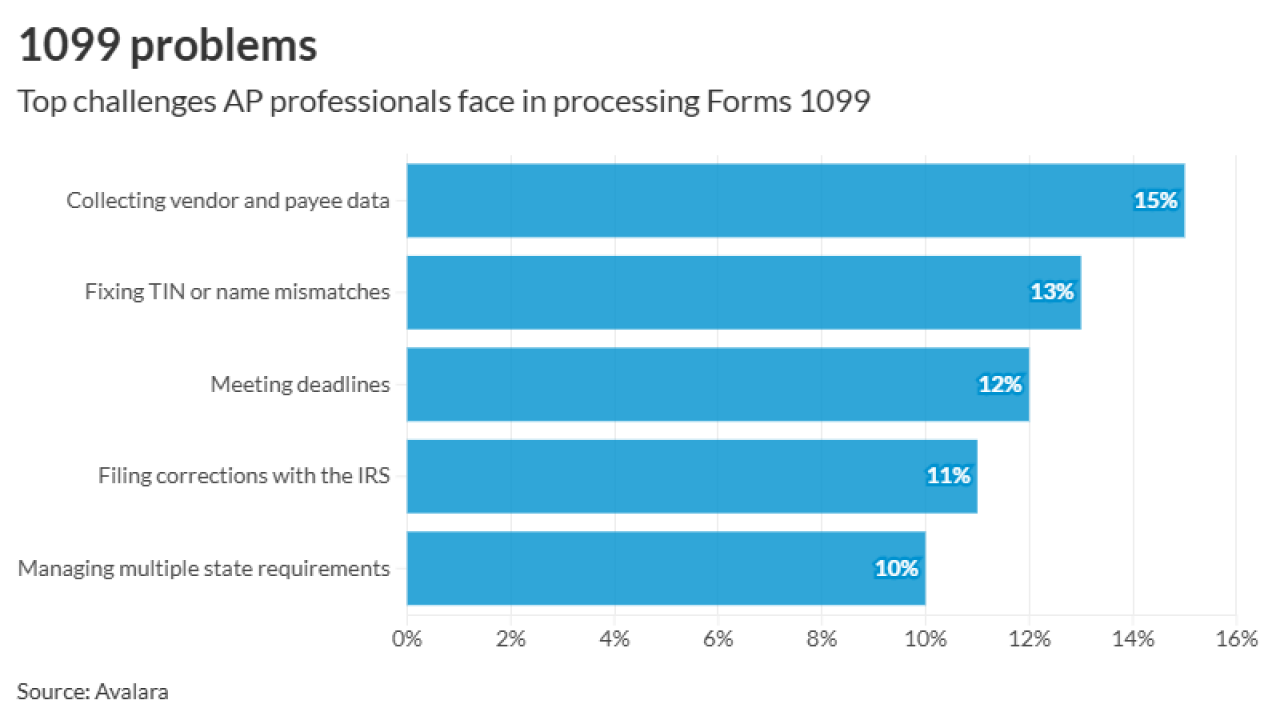Working remotely has its costs — think of new laptops, ergonomic chairs and high-speed internet — and it’s tempting to think of them as potential tax write-offs.
Unfortunately for most employees, or anyone who receives a W-2 form, that’s a fantasy. The 2017 tax law
A very few lucky employees such as struggling performing artists can still qualify for a business-expense tax break, but it's a narrow group and it seems unlikely that the U.S. Congress will widen it.

Some states, including
Given the tax limitations, the best way for employees to recover what they’ve had to spend to work remotely may be to negotiate with their employers. The federal tax code lets employers
Employees don't have to count the payments as income and employers can deduct them as business expenses. There are a few caveats though, including that the payments have to be in addition to an employee's normal salary or
Garrett Watson, a senior policy analyst at the Tax Foundation, said that few employers are aware of the provision. But he added that some companies, especially larger ones, may prefer to just provide all employees with a one-time set payment to compensate for remote working expenses, rather than negotiate individual personal situations.
There's better news for those who are self-employed: They're still allowed to take deductions for home offices and related business expenses. Even individuals who were self-employed and previously rented office space elsewhere but are now working from home will be able to take advantage of the
But taxpayers have to be cautious about taking the write-off. There must be a designated section of their home that's used exclusively and regularly for work (a dining room table doesn’t count). And since the deduction is often a red flag for auditors, it's important to keep meticulous records of work performed at home and even take pictures of the space.
Also, married couples who file jointly aren't entitled to a bigger deduction just because one spouse is self-employed. The home-office deduction isn't shared with a spouse like itemized deductions, so the self-employed person can only deduct the home-office expenses attributable to the portion of the home that is used for his or her business, according to Steve Rossman, an accountant at Drucker & Scaccetti in Philadelphia.
Finally, working from home has raised some questions about the tax liabilities of those no longer commuting into different cities or states. In some places, nonresidents are on the hook for taxes where they work, but then receive a credit to offset taxes where they live. Most tax authorities are still figuring it out, but rest assured that a state like New York, which is known for being





